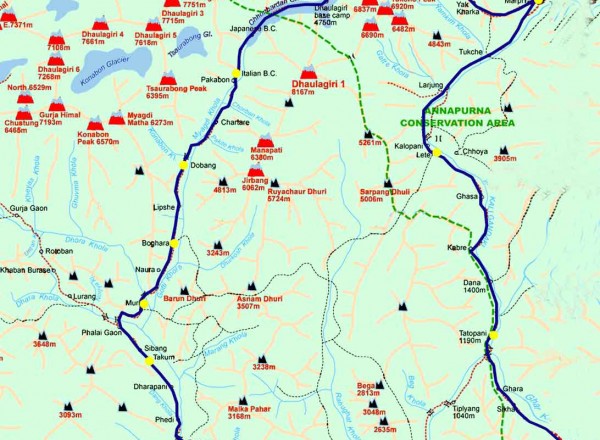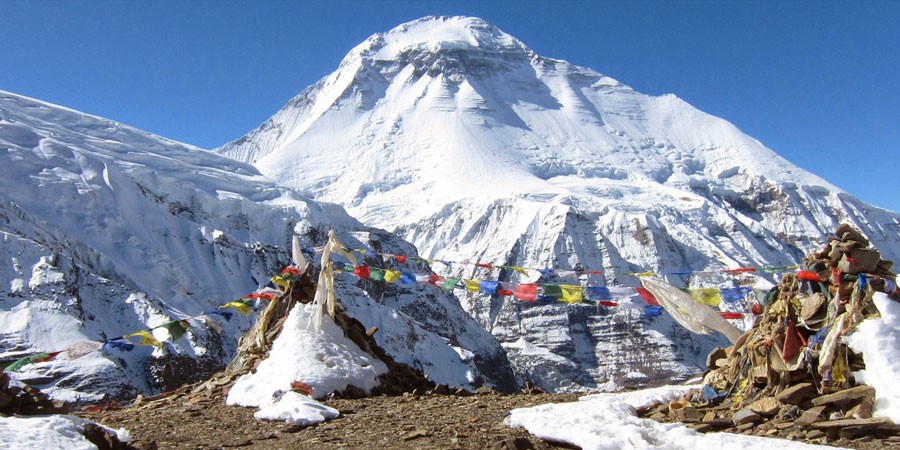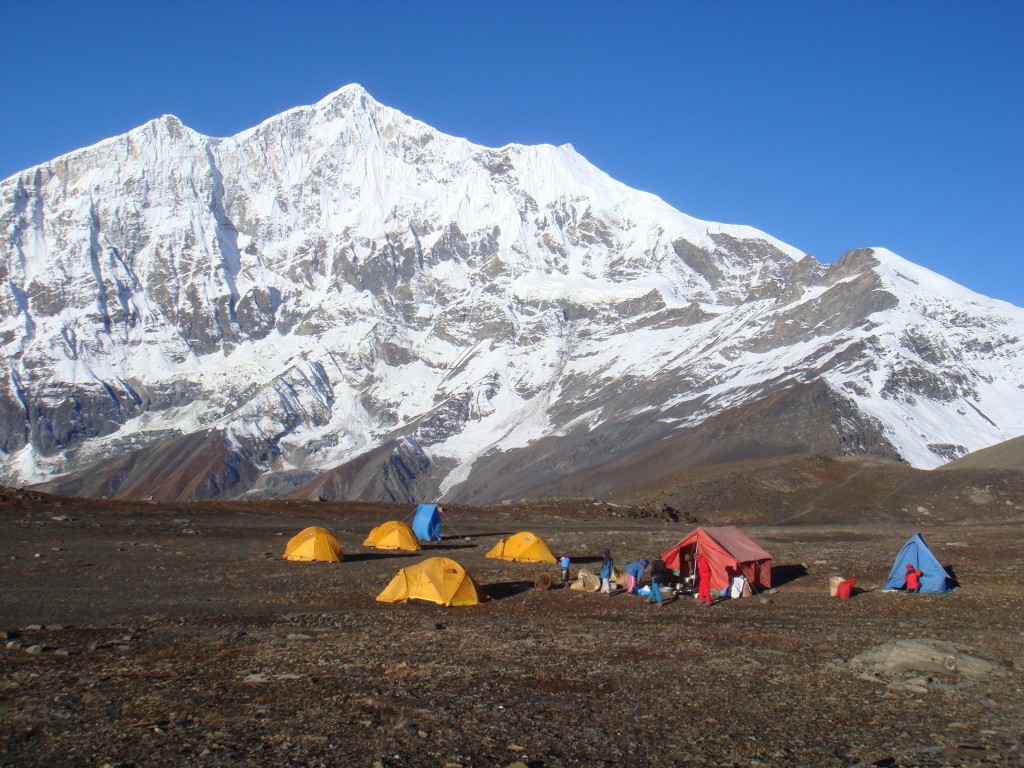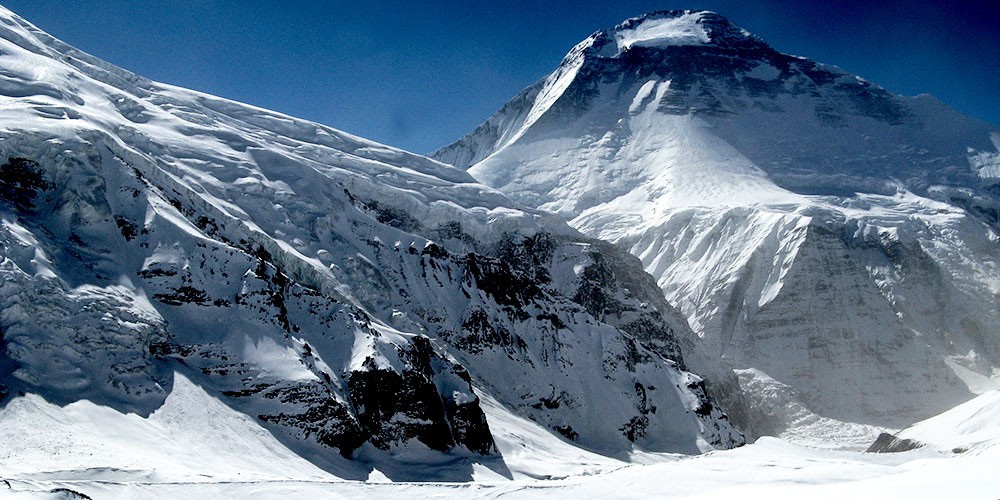Overview
Mount Dhaulagiri (8137m), the seventh highest peak in the world rises above the Kali Gandaki River, which flows between the Annapurna Massif and this awesome peak. The trail extends through one of Nepal’s wildest and most remote areas where the mountain scenery is simply breathtaking. This journey is recommended for experienced high altitude trekkers in very good physical condition. The trek is possible only in autumn due to excessive snow and ice conditions in the winter and spring. The region is practically virgin territory for trekkers providing some extremely dramatic contrasts. We will have hotel accommodation only in Kathmandu, Pokhara and Beni. All other will be camping accommodation. Foods will be provided by our camping team.
Outline Itinerary
Detailed Itinerary
Day 01: Arrival to Kathmandu & Transfer to the Hotel (1,350m)
Day 02: Drive Pokhara to Beni (1,000m)
Day 03: Drive from Beni to Takam (1500m) : Camping
Day 04: Trek from Takam to Muri (1,850m) : Camping
Day 05: Trek from Muri to Bagar (2,080m) : Camping
Day 06: Trek from Bagar to Dovan (2,520m) : Camping
Day 07: Trek from Dovan to Italian Base Camp (3,660m) : Camping
Day 08: Acclimatization at Italian Base Camp (rest day) : Camping
Day 09: Trek from Italian Base Camp to Dhaulagiri Base Camp (4,750m) : Camping
Day 10: Trek from Base Camp to Hidden Valley (5,050m) via French Col (5,360m) : Camping
Day 11: Trek from Hidden Valley to Yak Kharka (3,680m) via Dhampus Pass (5,240m) : Camping
Day 12: Trek from Yak Kharka to Jomsom (2,720m), Hotel
Day 13: Fly from Jomson to Pokhara and transfer to the hotel
Day 14: An extra day in Pokhara to explore around
Day 15: Drive to Kathmandu and transfer to the hotel
Day 16: A fee day in Kathmandu for sightseeing and rest
Day 17: Transfer to Kathmandu International Airport for final departure
Cost Details
Equipments Checklist
Clothing
Warm jacket or down jacket
Water and windproof jacket, poncho or umbrella
Long sleeved synthetic fleece
Thermal underwear
Hat, pair of gloves and scarf
Comfortable hiking trousers (loose fitting)
Shorts and trousers, or skirt
2 pairs of warm wool-blend socks
2 pairs of running socks or liner socks
Proper hiking boots
Running shoes and flip-flops
T-shirts
During winter season, additional clothings may include:
The outer jacket should be warm, down jacket is highly recommended during winter season
Bring a pair of warm winter trousers, in addition to the hiking trousers
Bring at least one windproof layer of clothes, helping to reduce any chill factor influence.
Snow gaitors
Trekking Gear
Pair of polarizing sun-glasses (to be comfortable and to avoid potential snow-blindness)
Backpack and backpack cover (against rain and dust)
Map of the trekking area
Head torch, or small torch, plus spare batteries
Sleeping bag and silk liner
Water bottles
Miscellaneous
Toiletries
A small light weight and quick drying towel
Bar of soap
Sunscreen (at least SPF +20)
Earplugs
Insect repellants (for lower elevations)
First aid kid
Water purification tables or a water filter
Some Diamox pills against potential altitude sickness (if going beyond 4,000 m elevations)
Toilet paper
Optional items
Camera, battery etc
Altimeter
Compass
Binoculars
Books/magazines
Trekking poles
GPS unit
Padlocks for guest house rooms and bags
Sewing/repair kit
Pocket knife
Candles (for lodges)
Dairy or notebook plus pencil/pen
Camping
Tent
Stove and fuel
Cooking, eating and drinking utensils
Sleeping mat
Food and water (for the very remote trekking areas)




